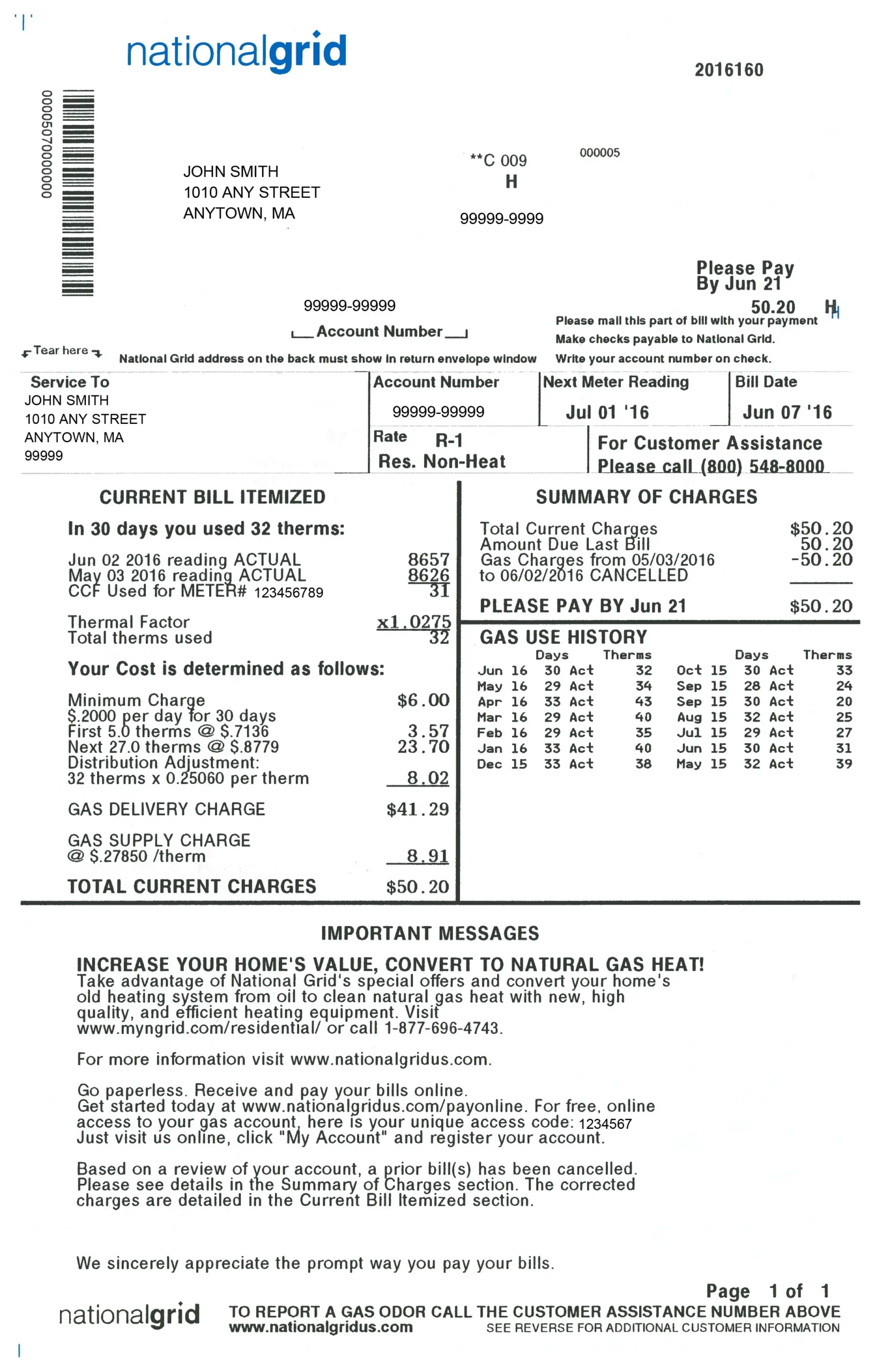Is the National Grid Ready for the Next Big Storm? Find Out Now!
As winter approaches, National Grid is gearing up for a potentially challenging storm system that threatens to test the resilience of America’s electrical infrastructure. With forecasts predicting severe weather conditions across Massachusetts, the stakes have never been higher for ensuring uninterrupted power supply.
The Impending Challenge
The upcoming winter storm presents a significant test for the national power grid. Meteorological predictions indicate winds gusting up to 60 mph, accompanied by heavy rain and isolated snowfall. National Grid has been closely monitoring the situation, mobilizing resources to minimize potential disruptions.
Preparedness in Action
National Grid’s response is comprehensive and strategic. The company has:
- Deployed additional emergency response crews
- Positioned tree-trimming teams for rapid infrastructure protection
- Assembled damage assessment specialists
“Our primary focus is the safety of both our customers and our personnel,” said a National Grid spokesperson. The company emphasizes that restoration efforts will commence only when it is absolutely safe to do so.
Historical Context and Vulnerabilities
The U.S. power grid has a complex history of weathering extreme events. The infamous Winter Storm Uri in Texas dramatically exposed critical infrastructure vulnerabilities, serving as a wake-up call for utility providers nationwide.
Infrastructure Challenges
Aging power lines and transformers are increasingly susceptible to severe weather impacts. The grid faces multiple challenges:
- Growing electricity demand
- Integration of renewable energy sources
- Climate change-related extreme weather events
Technological and Strategic Innovations
National Grid is not standing still. The company is actively investing in grid modernization, incorporating advanced technologies to enhance:
- Resilience
- Communication
- Emergency response capabilities
Renewable Energy Considerations
The integration of intermittent renewable energy sources like wind and solar adds complexity to grid management. Operators must balance fluctuating energy supply with consumer demand, especially during extreme weather conditions.
Public Safety and Preparedness
National Grid provides critical safety guidance for residents:
- Stay informed through official communication channels
- Prepare emergency kits
- Know how to handle potential power line incidents
- Have alternative power sources ready
“Community preparedness is our collective responsibility,” emphasized a grid management expert.
Regulatory Landscape
Ongoing discussions at federal and state levels are focusing on:
- Enhanced grid management regulations
- Infrastructure investment strategies
- Climate resilience protocols
Looking Ahead: A Resilient Future
Experts unanimously stress the need for:
- Continuous infrastructure assessment
- Proactive technological upgrades
- Adaptive management strategies
The Broader Perspective
The current storm preparation is more than just an immediate response—it represents a critical test of the national grid’s evolving capabilities in an era of unprecedented climate challenges.
Conclusion
As the storm approaches, National Grid stands prepared, demonstrating a commitment to reliability, safety, and technological innovation. The coming days will be a critical proving ground for the future of America’s electrical infrastructure.
Stay informed, stay prepared, and stay safe.
Disclaimer: This article is based on current information and expert assessments as of the publication date.






Leave a Comment